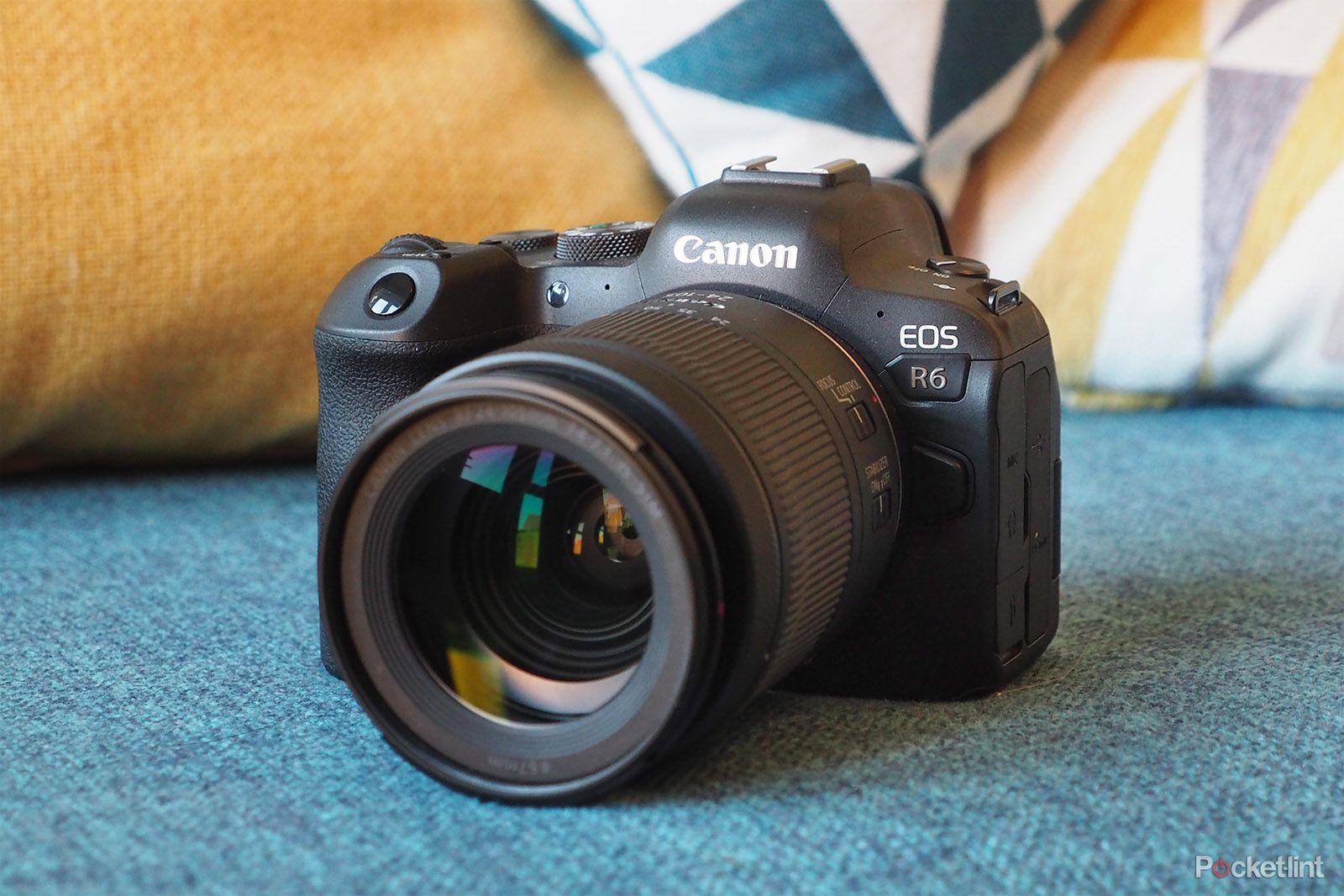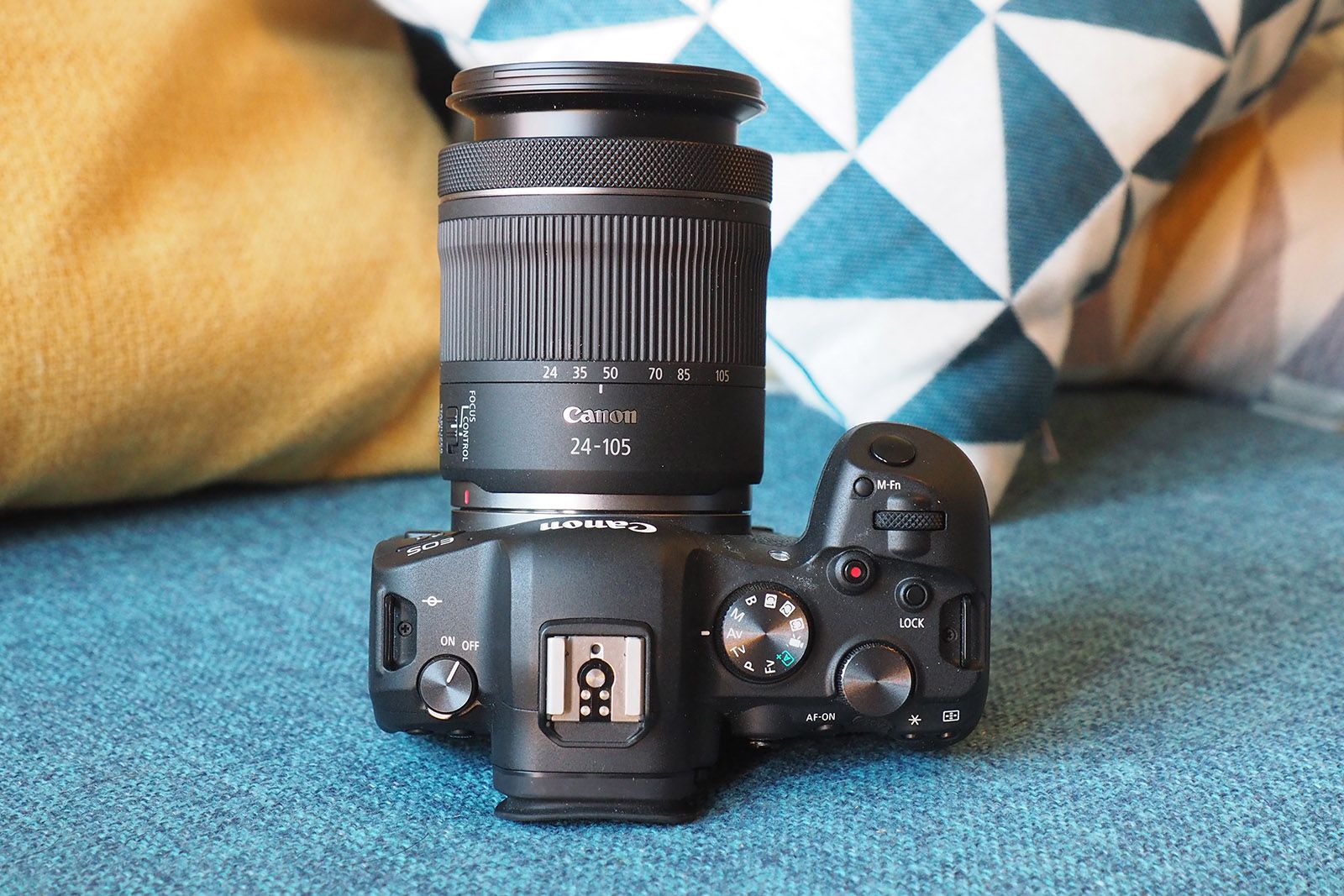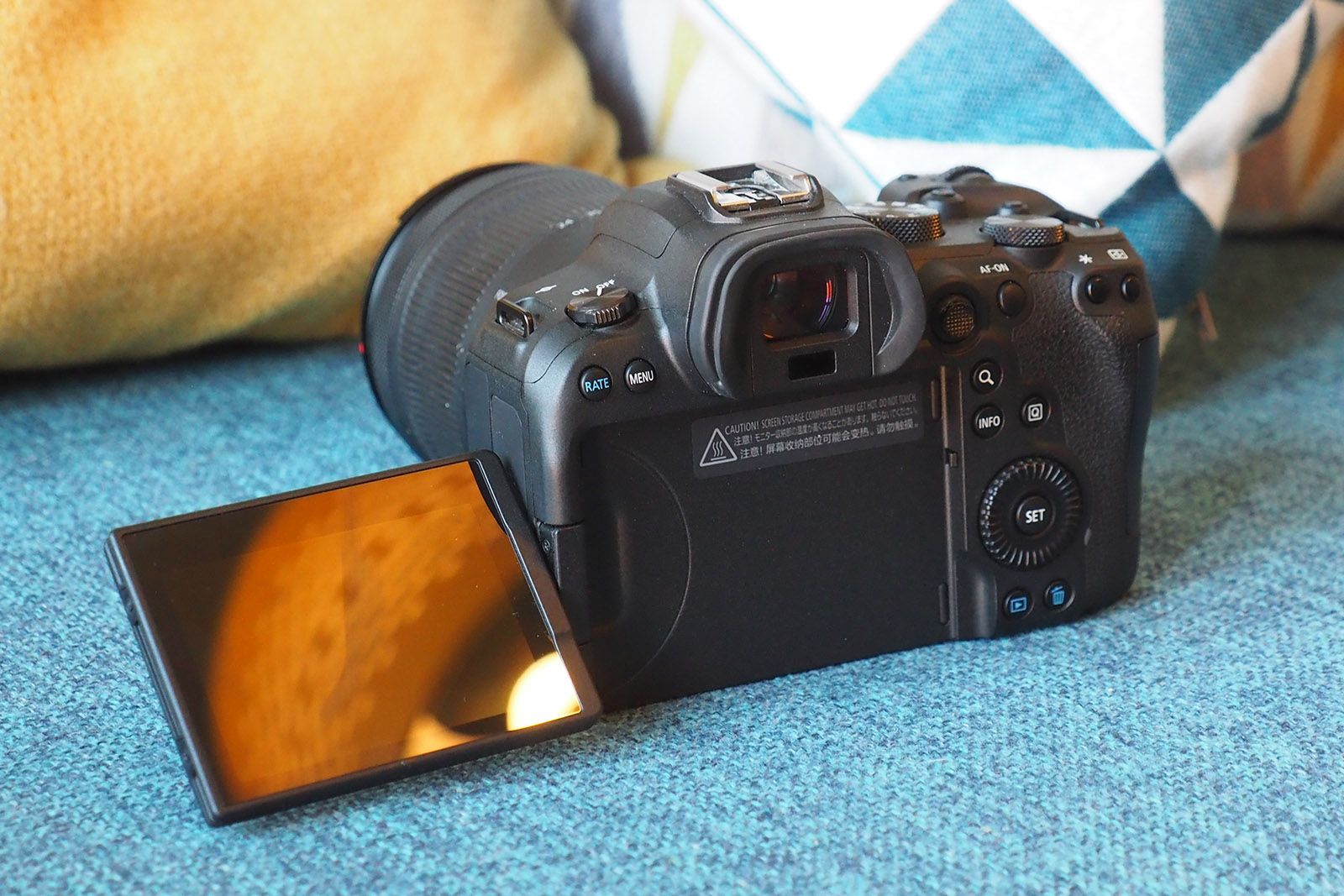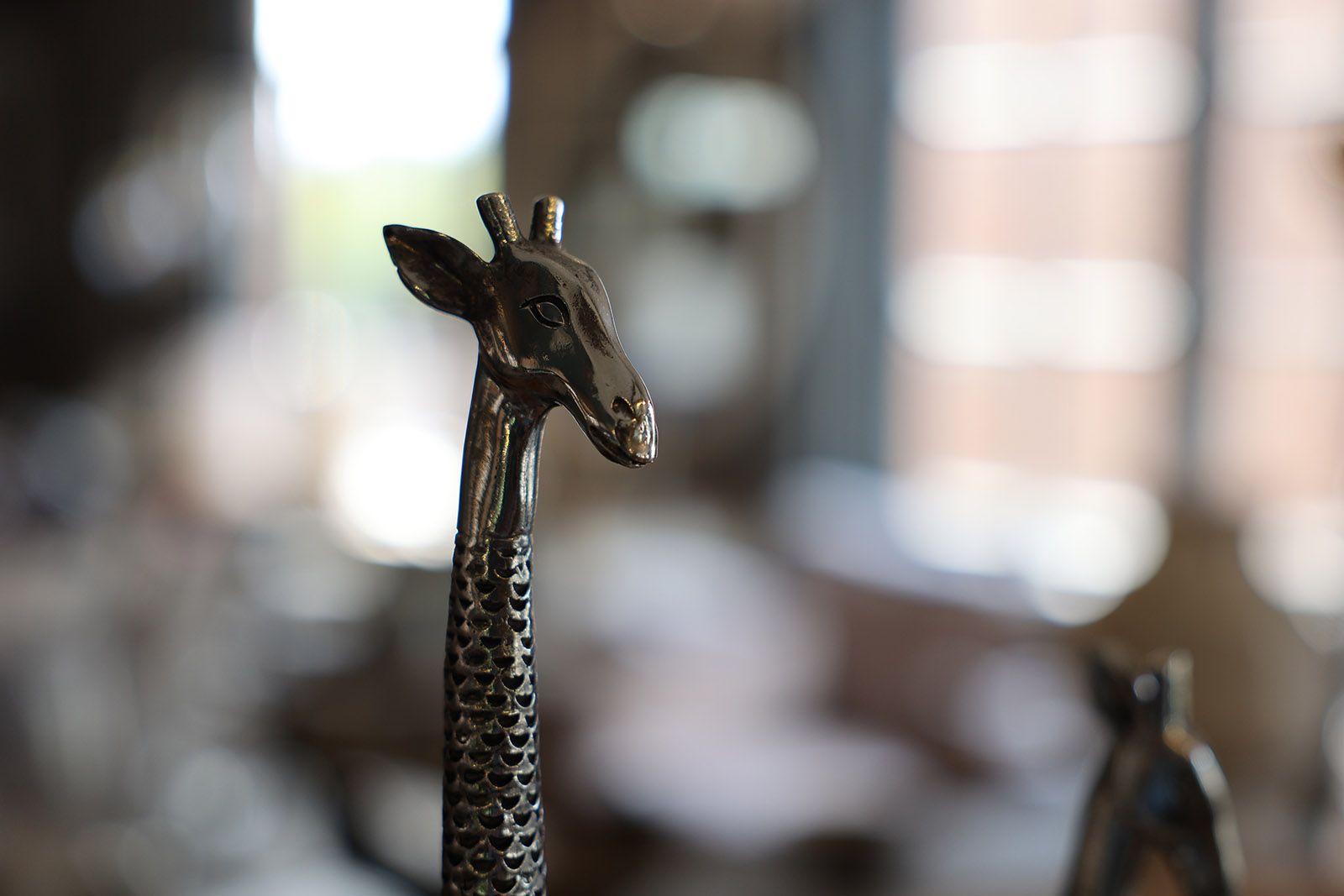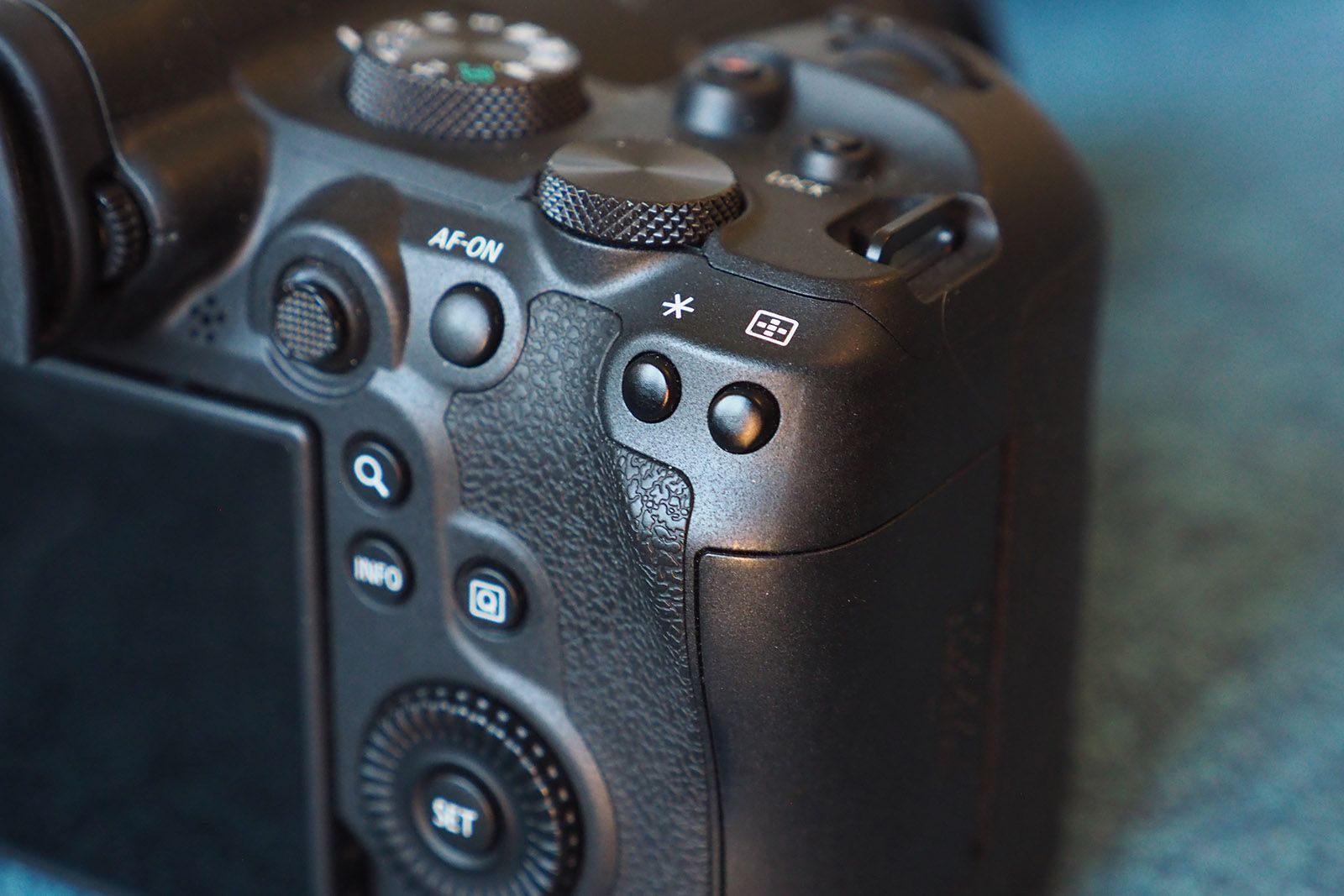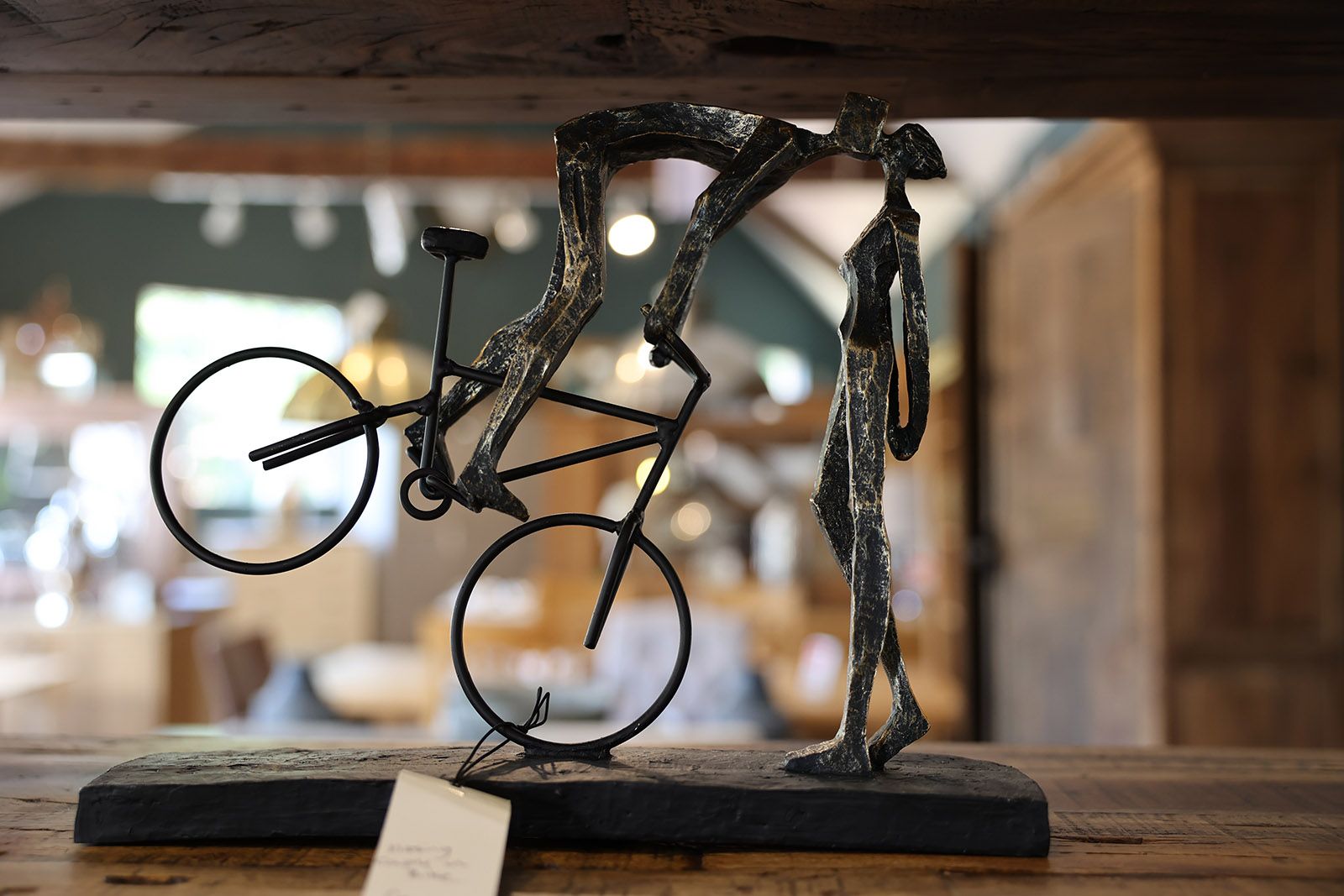It was back in February 2020 when Canon was teasing a new camera: the EOS R5. When that 8K-video-shooter eventually surfaced, it appeared alongside a lower-spec (and more affordable) derivative: the EOS R6.
For many it's this R6 that will actually make a lot more sense. Not only will you save a packet by comparison - even though it's far from cheap - the specification is still often jaw-dropping for a full-frame camera.
The EOS R6 is, in many respects, representative of where Canon's mirrorless series is also headed. This camera is reflective of the company's DSLR line-up in terms of physical layout and (to some degree) operation, yet crams in better-still image quality and features, furthering the company's commitment to its RF lens mount.
But with Nikon also hot on the heels and with its new cameras - the Z6 and Z5, which are each available for even less cash - has Canon got the balance right here?
Our quick take
Although the EOS R6's relatively low resolution - not that it's properly low - might leave some scratching their heads as to why it's not destined to pull greater fidelity from Canon's RF mount, in practice the 20MP full-frame sensor delivers glorious images with little image noise of concern right up to five-figure ISO sensitivities.
Plus the on-board stabilisation, more advanced autofocus system, and heaps of speed when it comes to burst shooting, further add to the EOS R6's overall appeal. The price doesn't, mind, while the limitations to 4K video capture are also worth pointing out - thus we don't see this Canon as a great threat to Sony or Panasonic.
So has Canon balanced out the EOS R6's proposition? By and large, yes, it's a highly capable mirrorless system camera with much more familiar DSLR-style layout and controls than the original EOS R. The asking price could be yet more competitive and the resolution a little higher though.
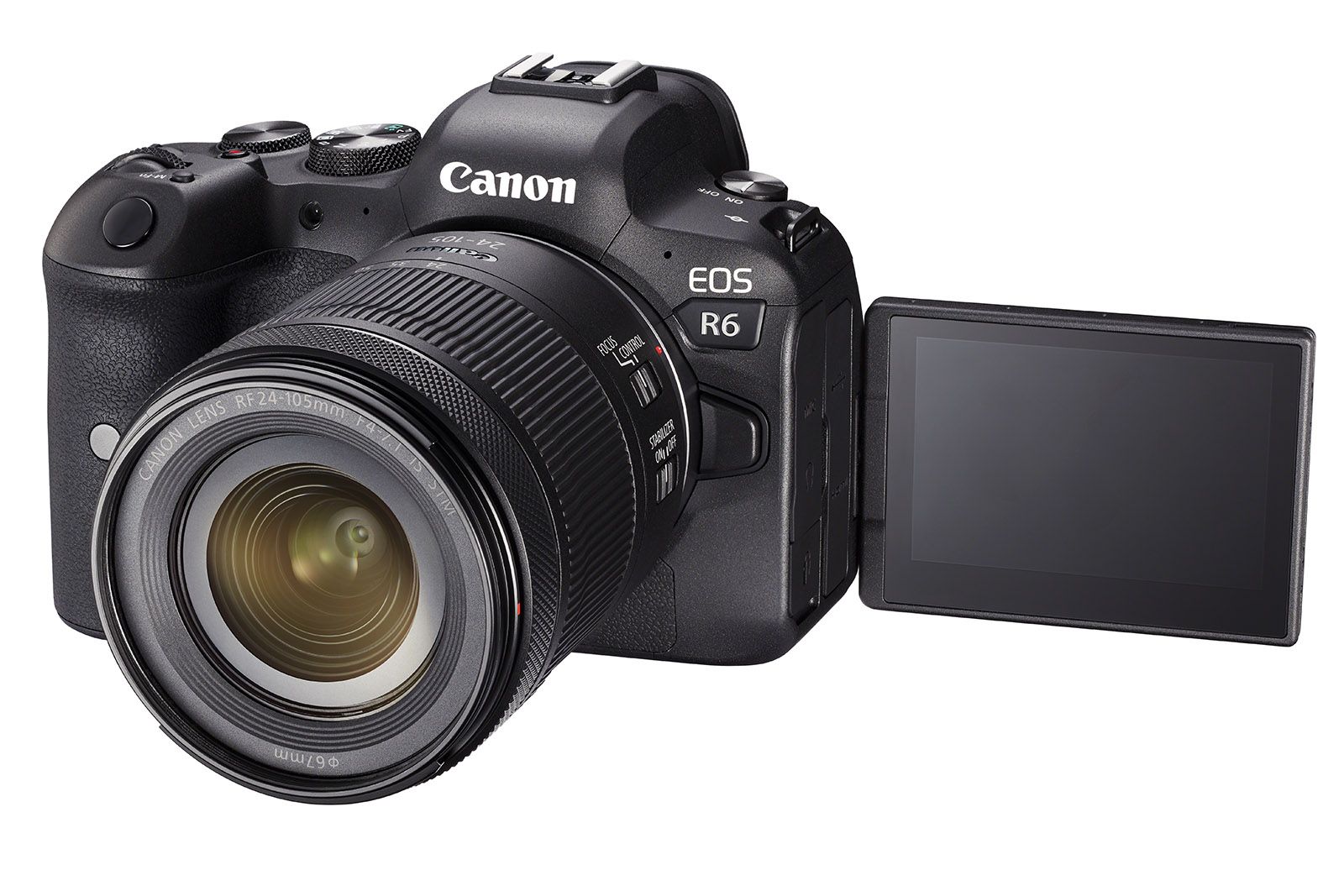
Canon EOS R6
- Great image quality from full-frame sensor and RF mount lneses
- Electronic viewfinder is of great quality and scale
- Dual Pixel CMOS AF II autofocus system adds Eye/Face/Pet detection
- 20-megapixels is kind-of low these days
- Video capture limitations (time/overheating known issues)
- Price could be more competitive
Design & Lens Mount
- Canon RF mount (EF/EF-S via adapter)
- Dual SD card slots (UHS-II compliant)
- Dust & moisture sealed magnesium alloy body
- Built-in electronic viewfinder (0.5in, 3,690k-dot OLED)
- Tilt-angle mounted touchscreen (3.2in, 1,620k-dot LCD)
When Canon launched its first RF mount camera, the EOS R, it was received with a mixed response. There was no doubt that the lens mount has heaps of potential - something that the R6 benefits from - but its layout was downright odd.
That latter point isn't a concern for the EOS R6: picking up this camera feels like using an up-to-the-minute Canon DSLR, with an easy-to-use intuitive layout with everything to hand. It's almost like a 7D II in that respect.
The R6 benefits from a solid construction, its magnesium top-plated polycarbonate body bringing dust- and splash-resistance for assurance, while negating too much weight as a result (it's 680g - although far more with any RF lens attached).
Spec for spec the EOS R6 echoes the Nikon Z5 to a fair degree: the built-in OLED electronic viewfinder is the same in terms of size, resolution and refresh. That's to say it's a super experience - although that Nikon can deliver much the same here for a lot less cash is up for question.
Where the EOS R6 steps up a notch is by including a vari-angle mounted 3-inch high-resolution LCD touchscreen. Being able to move this to the side of the camera, then through a full 360-degree rotation as you please, is really useful for shooting dynamics - whether stills or moving images, handheld, on a rig, or from a tripod.
Performance
- Dual Pixel CMOS AF II autofocus system
- Image stabilisation system - to 8 stops
- Face/eyes/animal detection & tracking
- 12fps burst (20fps electronic)
- Adjustable AF point size
- Wi-Fi & Bluetooth
There's a whole lot going on under the hood of this Canon too. It's among the first EOS cameras to receive Canon's second-generation Dual Pixel CMOS AF system. In this new 2020 guise it's quicker than ever before - as fast as 0.05s, Canon asserts - and also features eye/face/body tracking and animal detection.
Not that the EOS R6 is just for shooting your pets. The camera also has deep learning, so the more you shoot subjects, the more context the camera will have to understand your methods. Sure, dogs and cats are the dominant species it's programmed to recognise, but there's also birds - including birds in flight - which will be a huge deal for a large swathe of enthusiasts.
The latest Digic X processor being on board also means considerable speed: the R6 can clack away at 12fps using its mechanical shutter, or you can boost that to 20fps using the electronic only shutter. That's a lot faster than the Nikon Z5, so we can easily see why you'd pay the extra pennies here to benefit from such a high-end feature.
That new autofocus system is generally impressive too. Unlike some of Canon's simpler cameras, there's an abundance of modes here: tracking; spot, 1-point, expand area, expand area around, zone, large zone, and large zone horizontal.
Pick any of the area options and the camera is super snappy to lock onto subjects - whether you're using touchscreen to assist, using the rear joystick, or letting the camera sensibly select as it sees fit. There's no lack of accuracy, either, with 1,053 available areas being used - and visibly showing on the screen in real-time - to lock onto your target subject.
The EOS R6 is also astute to low-light conditions. It can autofocus as low as -6.5EV, which is beyond moonlight conditions - more like candlelight really - and it does a good job in dim conditions. The bigger problem we've been having is when being too close to subjects for focus to be possible. But being able to easily shoot even heavily backlit subjects is great.
All of this is further benefitted by Canon's built-in image stabilisation system, to eke out extra sharpness from each shot. That's exactly what you want to have to hand when shooting with a large full-frame sensor, no doubt, and the system does a stellar job in assisting.
Image Quality
- 20-million pixel full-frame CMOS sensor
- ISO 100 to 102,400 sensitivity (expands to 204,800)
- Video capture: 4K at 60/50/30/25/24p (1.7x crop); Full HD (1080p) at 120/100/60/50/30/25/24p
The only real oddity - if you could call it that - is the EOS R6's 20-megapixel resolution. While 20 million of anything is hardly 'low', that is lower than much of the competition is offering these days. And we know that Canon's RF mount can handle much higher fidelity - which is part of the purpose of this system's capabilities, and why the EOS R5 offers over twice the resolution (at 45MP).
That said, 20MP images are still relatively massive. And with the capacity to shoot bursts of shots, the resolution and speed do seem to go hand in hand. Still, a 24MP or 26MP sensor would have made more sense in our view - even just for the additional potential to crop into shots.
Nonetheless, this resolution brings its benefits: images from the EOS R6 are gloriously averse of image noise - to that point that even a five-figure ISO sensitivity won't show any colour noise in a shot. Sure, there's not quite the same degree of detail at ISO 10,000, but it's staggering how good the overall quality is here. Shoot at the entry ISO settings and you can expect sublime image output up to ISO 800, with barely any difference in visible detail.
Quality isn't just down to searching out image noise, but of course, with the EOS R6's full-frame sensor allowing for glorious shallow depth-of-field possibilities. The sensor's extra size just enhances that melty blurred background look and the degree of control over it.
And there's really no doubting the RF lenses quality. The 24-70mm f/2.8 that we've been using is totally stunning. It is rather larger against the R6's modest body though. But that size play-off is worth it for the sharpness and aperture control on offer.
Beyond still image capture there's video capture up to 4K in a whole range of frame-rates. That's generally good news, but Canon can't go the long distance here - with overheating a known issue that can meddle in ability to record in this UHD resolution. Drop it to Full HD/1080p and there's no such issue though. Something to consider, although the R5 is more the model with a video focus.
To recap
The resolution might seem low for a camera of this type, but the resulting quality from this full-frame sensor is superb. Add on-board stabilisation, more advanced autofocus than before, and heaps of speed when it comes to burst shooting, and the R6 certainly appeals. The asking price could be yet more competitive and the resolution a little higher though.

